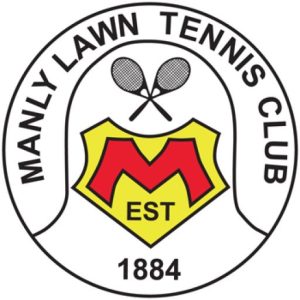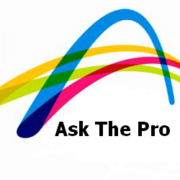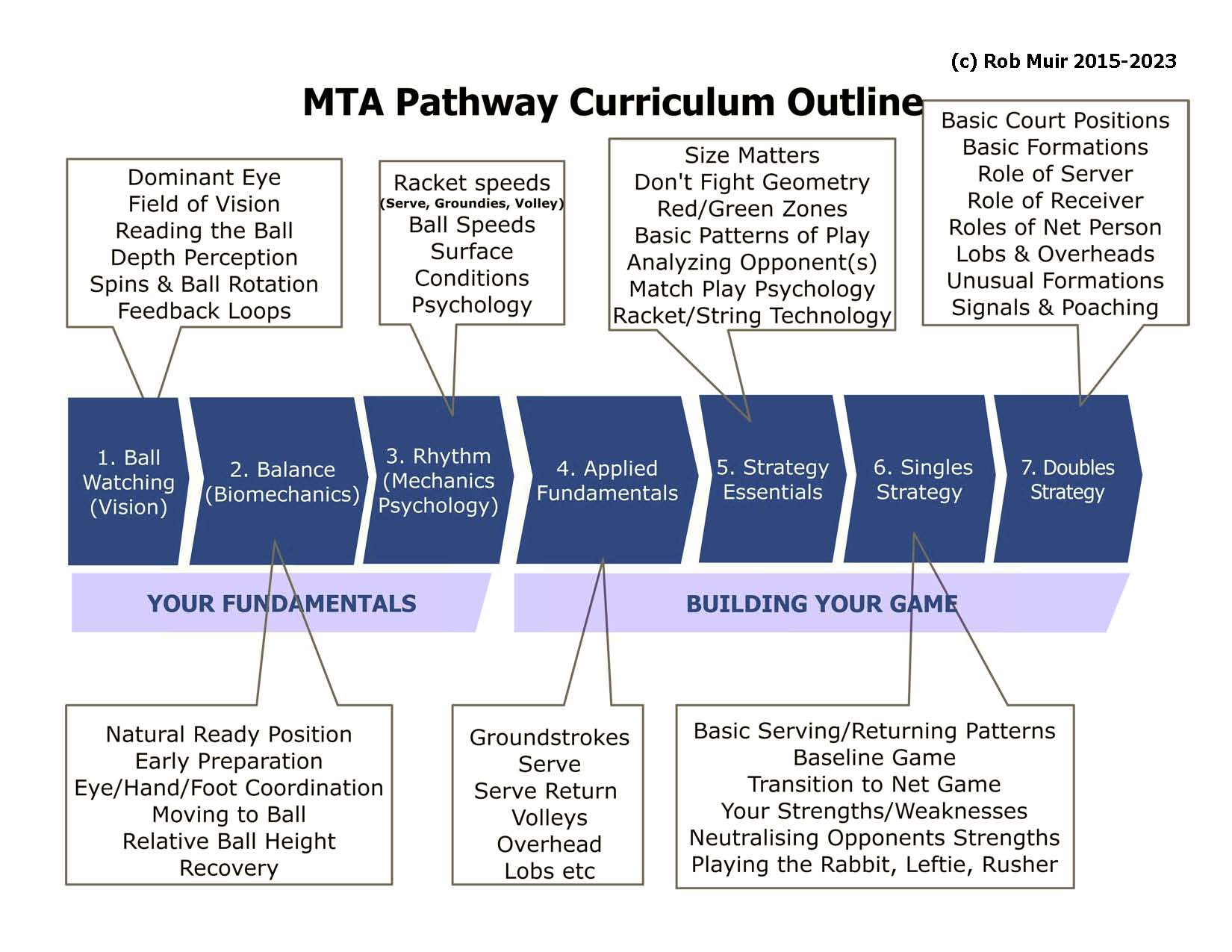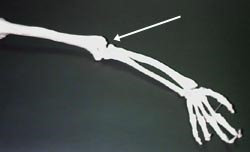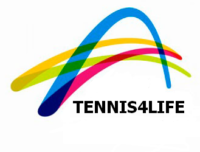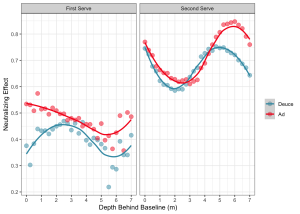CHANGE WORKOUTS WHEN YOU HIT 40
Small tweaks to your fitness habits can have long-term benefits, writes Danielle Friedman
Getting older doesn’t have to mean moving less. The key to longstanding fitness , experts say, is envisioning the kind of athlete you want to be 20, 30, even 40 years from now, and training smartly in the present for that future.
‘‘ If you’re dreaming of retiring and hiking the mountains of Hawaii, make sure you can do that now, first and foremost,’’ says Kate Baird, an exercise physiologist at the Hospital for Special Surgery in New York.
Starting in your 30s, you lose between about 3 per cent and 8 per cent of your muscle mass per decade, and more after turning 60. Bone mineral density also starts to decline in midlife, which puts you at risk for fractures and osteoporosis. Your VO2 max, or the heart and lungs’ ability to take in oxygen and convert it into energy, decreases as well. Making a few changes to your habits early can slow these declines and prepare you for decades of physical activity, Baird says.
Here’s how to get started, according to exercise scientists and trainers. The best way to be proactive about your future is to assess your fitness today, says Grayson Wickham, a physical therapist in New York City, and the creator of Movement Vault, a stretching and mobility app.
The four key areas to check are your body’s strength, stability, mobility and cardiorespiratory fitness , he says, which all typically decline with age. ‘‘ The human body is extremely resilient,’’ Wickham says. ‘‘ But the double-edged sword there is that it’s so resilient that we can get away with a lot – until we can’t .’’
For a professional fitness evaluation, make an appointment with an exercise physiologist, physical therapist or certified personal trainer, all of whom can then work with you to create a personalised training program.
Testing one’s fitness can shine a light on potential weaknesses or areas in need of boosting, Wickham says, helping to prevent injury before it happens. For example, if your stability is shaky, start doing balanceboosting exercises like single-leg stands and weight shifts, or workouts like tai chi and Pilates. Or if you’re less flexible than you desire, take up yoga or devote more time to dynamic stretches.
The best way to measure cardiorespiratory fitness is to test your VO2 max with a doctor or an exercise physiologist, Baird says. Many wearable fitness trackers, including some Apple Watches and Fitbits, offer estimated VO2 max readings as well.
As you get older, you should, above all, strive to exercise 150 minutes per week with moderate-tovigorous intensity aerobic workouts and two sessions of strength training (15-20 minutes per session), which together can boost both longevity and quality of life.
But how you spend that time should look different from day to day or week to week, says Sarah Witkowski, an exercise physiologist and associate professor at Smith College. Even small changes can be beneficial , she adds. If you typically do lunges, try lunging in different directions some days or combining them with overhead dumbbell presses. If you like to walk, once or twice a week choose a hillier route or walk as fast as you can.
Strength training can be a veritable fountain of youth if you approach it strategically. When we’re younger, our motivations are often aesthetic, says Amanda Thebe, a personal trainer based in Canada who specialises in working with people over 40. But focusing only on isolated muscle groups, such as abs or biceps, often neglects muscles we can’t see that contribute to health and strength. ‘‘ There’s nothing wrong with doing your bicep curls and your deltoid raises if you want to be pumped for summer,’’ Thebe says. But balance these exercises with compound movements – exercises that work several joints and muscles at once. ‘‘ Things like a dead lift and a squat,’’ she says. ‘‘ Things that move us up and down, and side to side.’’
Prioritising core muscles beyond the visible abdominals will also contribute to overall strength as we age. Planks are a great option, and pelvic floor exercises help, too.
Source: The New York Times
